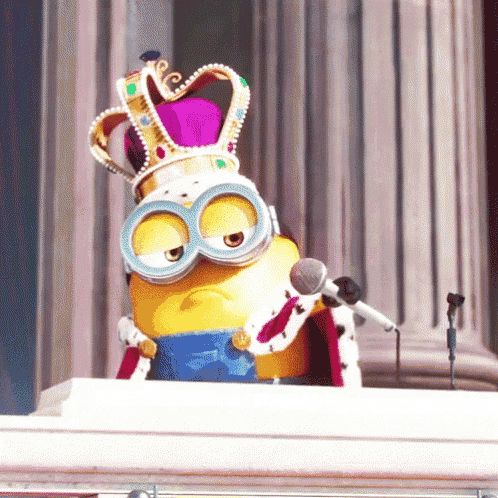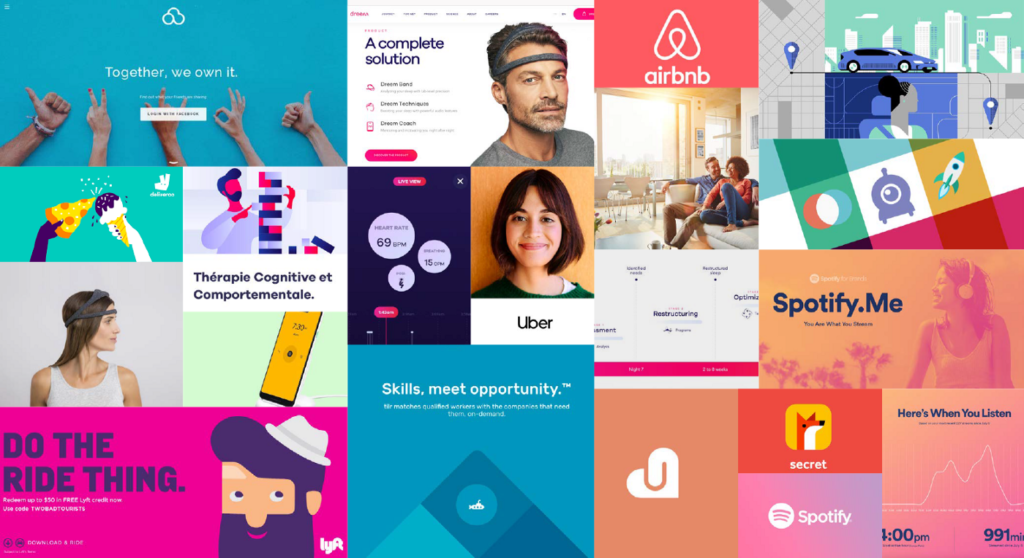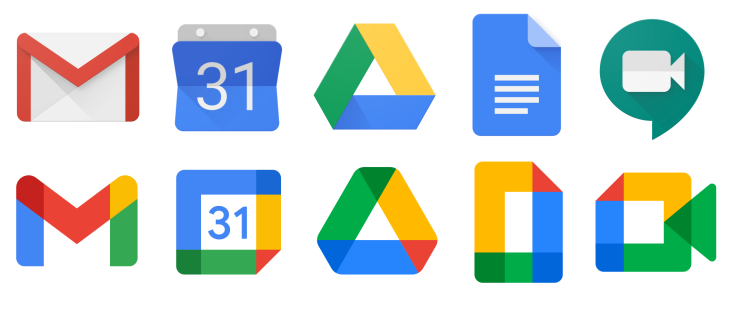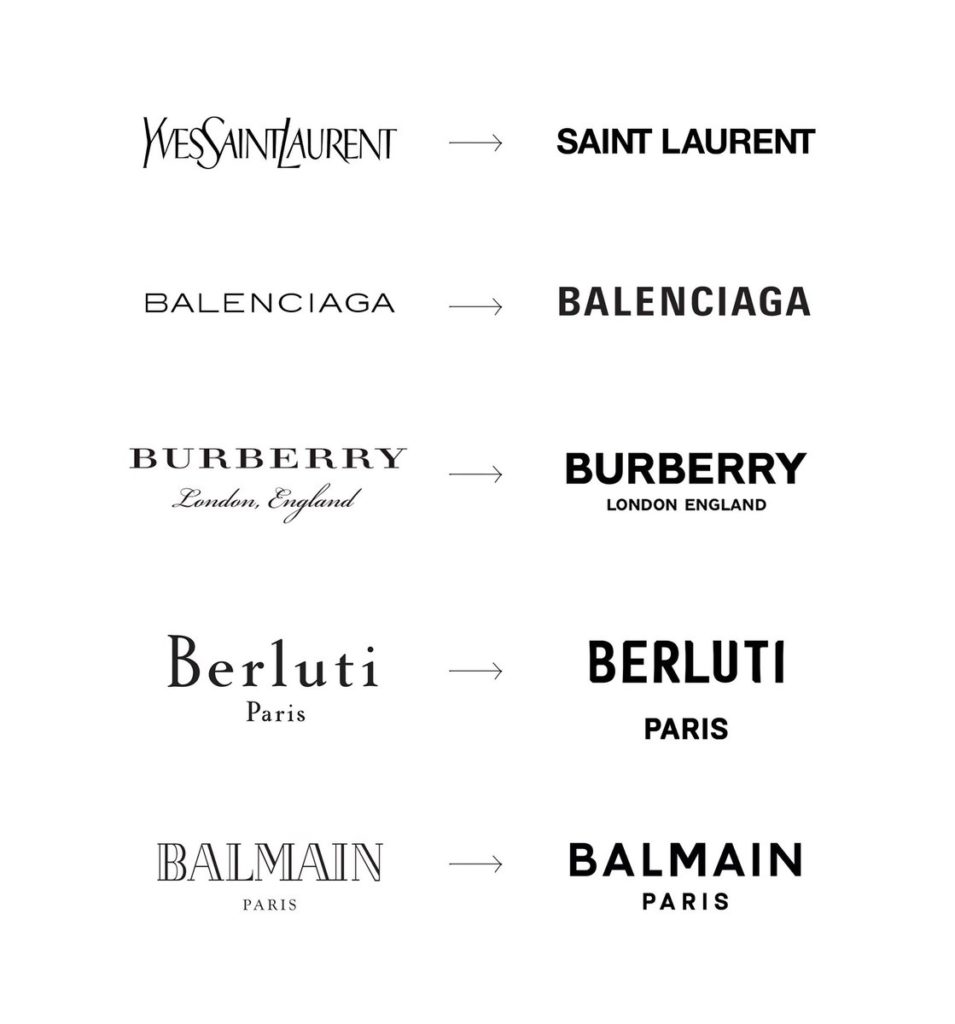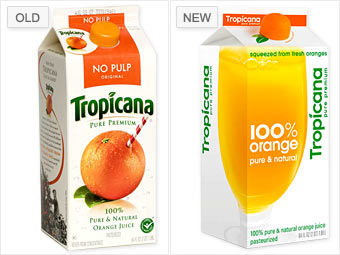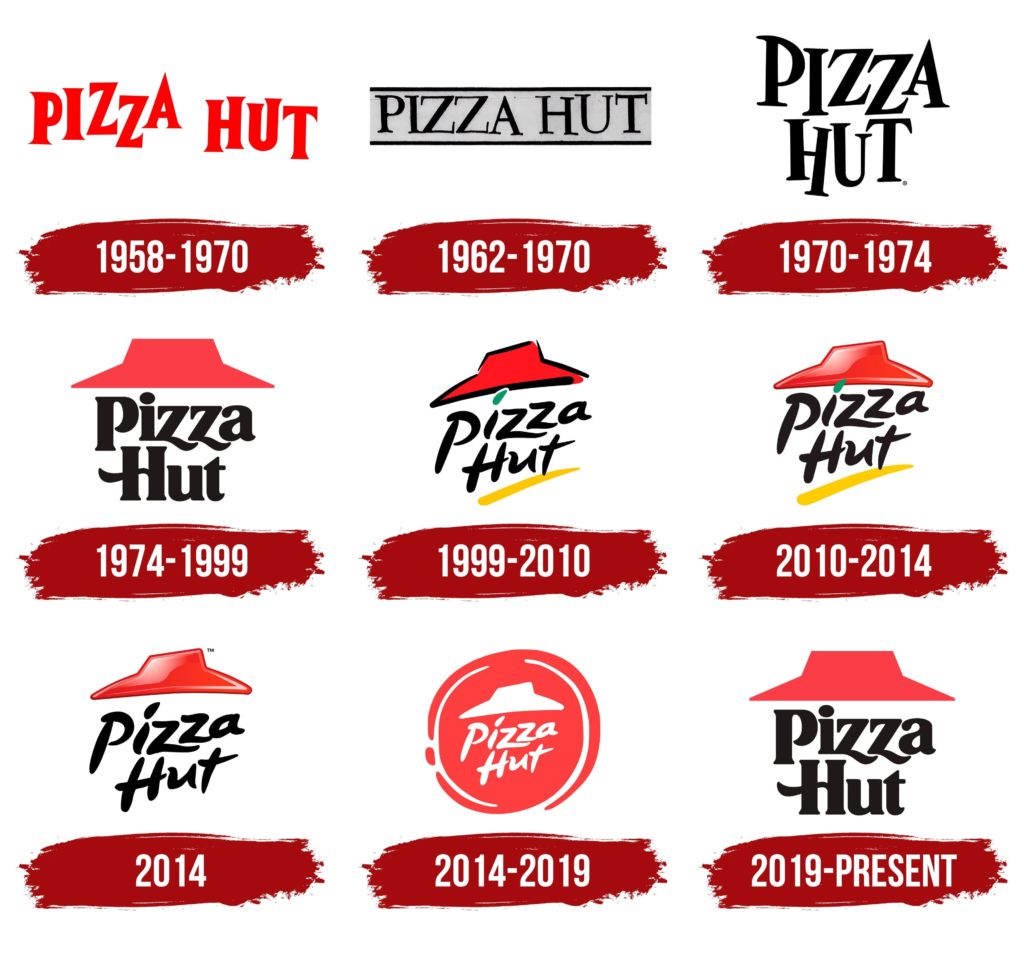Happy Pride Month from all of us here at YMC!
As society shifts towards more accepting attitudes, those who identify as LGBTQ+ are empowered to come out and live authentically. Gen-Z youth in the United States have grown up surrounded by an increasingly accepting culture, and their widespread access to the internet has allowed information about LGBTQ+ identities to be more readily accessible and relatable.
A recent Gallup poll (pulling data from Bedbible.com research) has shown that Gen-Z is increasingly identifying as LGBTQ+. Overall identification of LGBTQ+ individuals among all ages grows, sitting at 7.1% compared to 3.5% in 2012. 20.8% of Gen-Z identifies as LGBTQ+, a truly remarkable figure compared to previous generations. Much of this explosion in Gen-Z’s identification can be attributed to Gen-Z entering adulthood and becoming increasingly more comfortable with openly identifying their sexuality and gender.
Is This a Trend?
Some have deemed past societal shifts as passing trends and fads. There are individuals today who are attributing the rise in queer identities as such. Bill Maher, the bombastic political satirist, has recently landed himself in hot water by claiming that gay and trans youth are trying to be trendy, sparking criticism from many, including LGBTQ+ advocacy groups like GLAAD.
So what’s the cause of this significant increase? If we look back at the history of LGBTQ+ people, many were unable to be open and public with their identities due to societal norms, discrimination, lack of accessible knowledge, and fears of violence. The 1969 Stonewall Riots sparked the modern LGBTQ+ movement, and while there have been enormous strides in LGBTQ+ rights and acceptance, these newly gained grounds are shaky and uncertain. That being said, society as a whole is more accepting of LGBTQ+ identities now than ever before, leading to many becoming more comfortable with being out and proud.
The internet has given rise to safe spaces for marginalized communities and provided people with the ability to share previously suppressed information. Many older LGBTQ+ individuals have talked about the lack of knowledge and language to express themselves in the past and how drastically different that is for young people today.
Becoming Mainstream
With the passage of marriage equality and strengthened rights for LGBTQ+ Americans, many more have been empowered to come out and publicly identify as LGBTQ+. With conversations about sexual orientation becoming increasingly mainstream, increased and explicit representation in media, and acceptance from some political and religious institutions and society, LGBTQ+ individuals are more easily able to live their lives without fear of discrimination. Gen-Z has benefited from the struggles of their queer predecessors and faces fewer challenges in identifying as LGBTQ+.
While pollsters like Gallup have conducted similar surveys about the sexual orientations of Americans in the past, there were issues with inaccurate counts of marginalized communities. Due to the fear of violence and non-acceptance, many self-censored their answers, resulting in undercounting queer populations.
Let’s be clear: there have always been LGBTQ+ individuals, many more than we could ever possibly know. But it was not safe for these people to come out, and thus their stories and identities were erased.
Rainbow Capitalism
As LGBTQ+ identities have become more widely accepted, corporate America has increasingly started to market and message around these groups. Pride month inevitably is accompanied by brands changing their social media profile images to some rainbow iteration. Companies like Target, Walmart, and Amazon have released Pride-themed collections with mixed results. While some items from these collections have resonated with queer communities, others have read as tone-deaf and borderline offensive.
Suppose your company is planning on releasing a pride-themed collection. It’s imperative to have LGBTQ+ decision-makers at the table and in all steps of the process to ensure that the message and products you are delivering are authentic and meaningful. It’s also essential to step back and figure out why your brand is messaging around Pride and LGBTQ+ identities. Is this an issue that your brand is passionate about beyond Pride month? Is there a benefit to the queer community to releasing these collections? Is your brand doing more than trying to get the queer dollar? Your company should be using this as an opportunity to empower the LGBTQ+ community, whether it is through giving queer creators a platform, donations to LGBTQ+-related causes, or taking stances on issues that impact queer people.
Celebrating Pride is vital for LGBTQ+ acceptance. Despite the many strides in LGBTQ+ rights and equality, there continue to be many threats, such as Florida’s “Don’t Say Gay” bill, Texas’ litany of anti-trans legislation, and many more across the country. While queer acceptance is at an all-time high, it’s essential to still take a stance on these issues and realize that the fight for equality and protection is far from over. Gen-Z is entering adulthood amidst many changes, challenges, wins, and losses.
How You Can Support Queer Communities
- Champion queer creators and include them in your marketing campaigns throughout the year
- Recruit and retain LGBTQ+ staff by creating an inclusive workplace
- Donate to LGBTQ+ organizations or volunteer with a local LGBTQ+ youth center
- Incorporate LGBTQ+ inclusivity trainings into your onboarding processes
- Listen and learn. It’s important to take the time to listen to queer people and learn from them. Give LGBTQ+ people the space and platform to educate others on how to strengthen their allyship.



